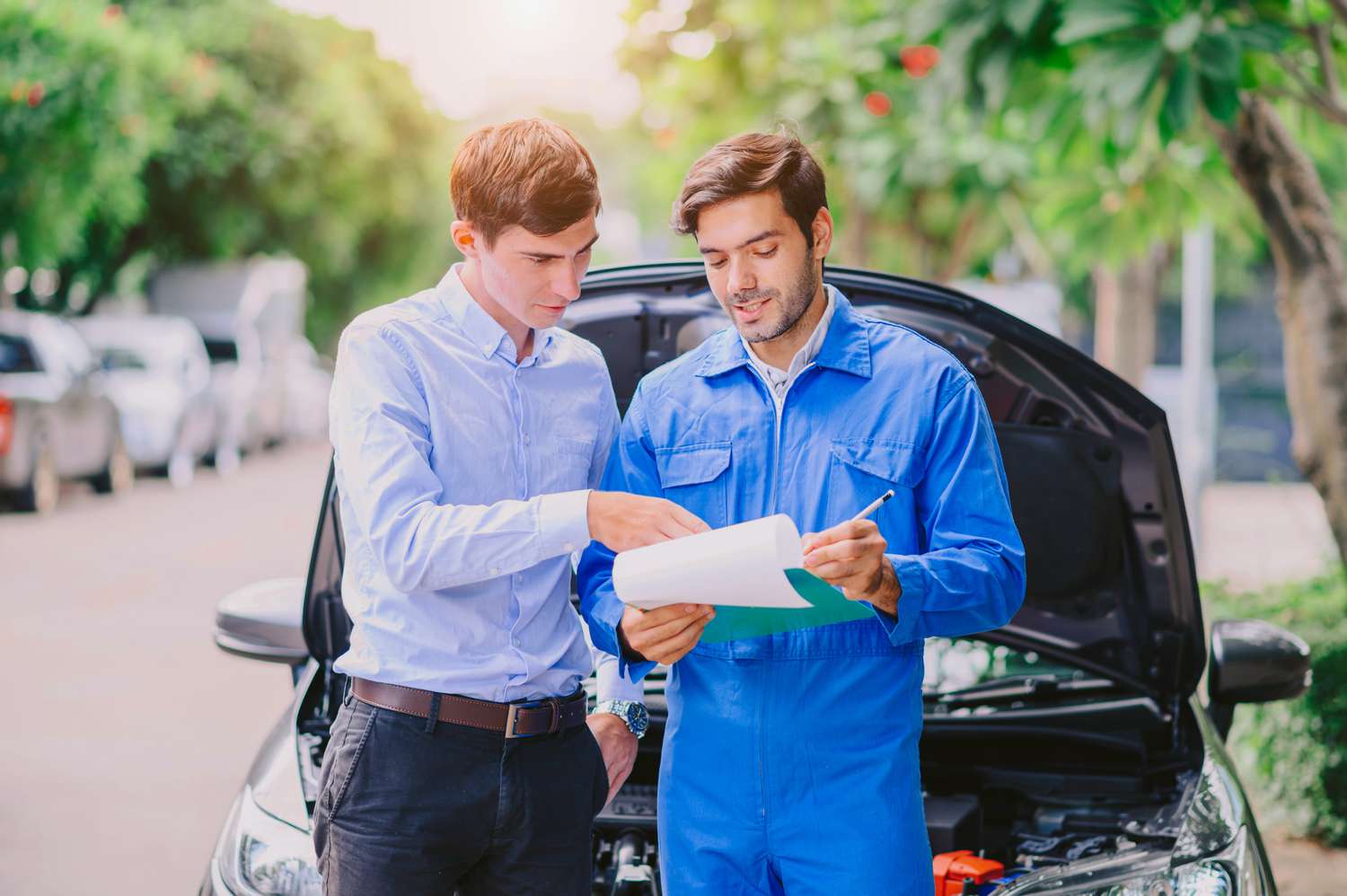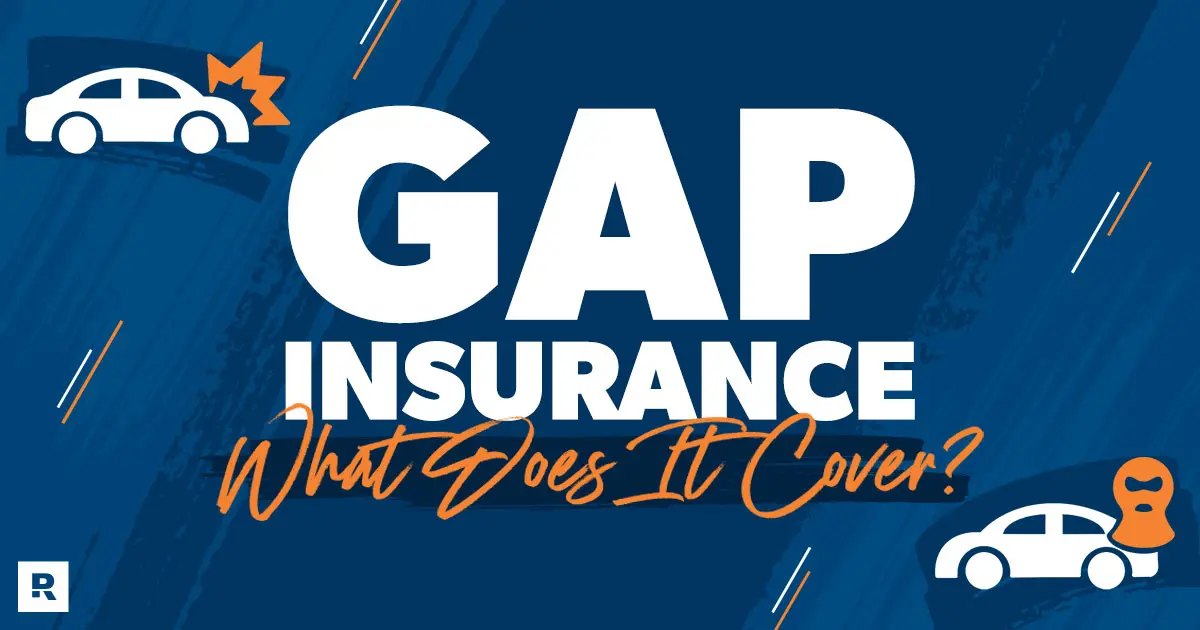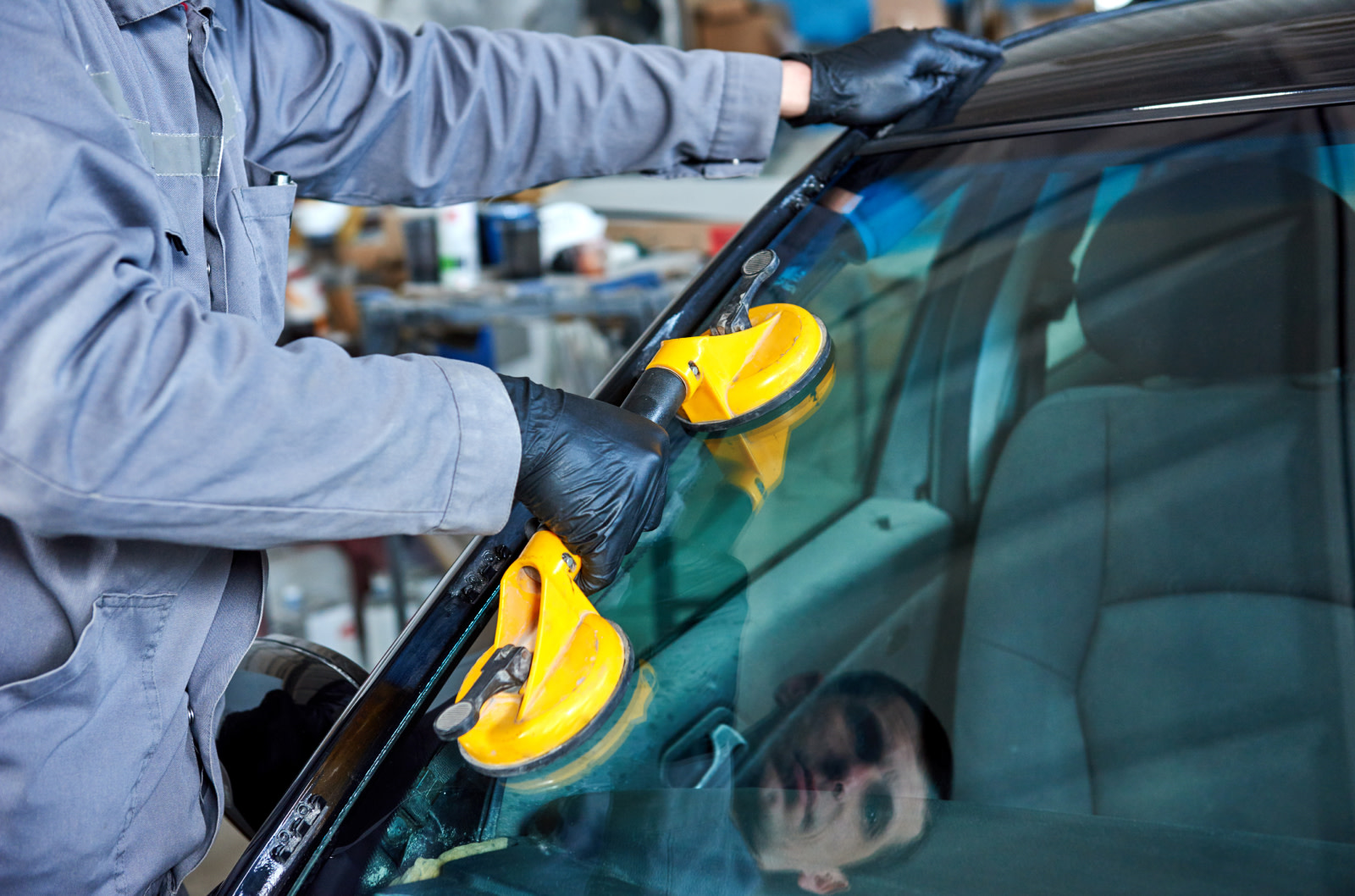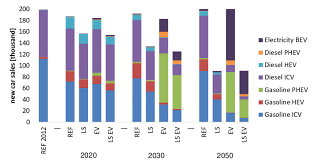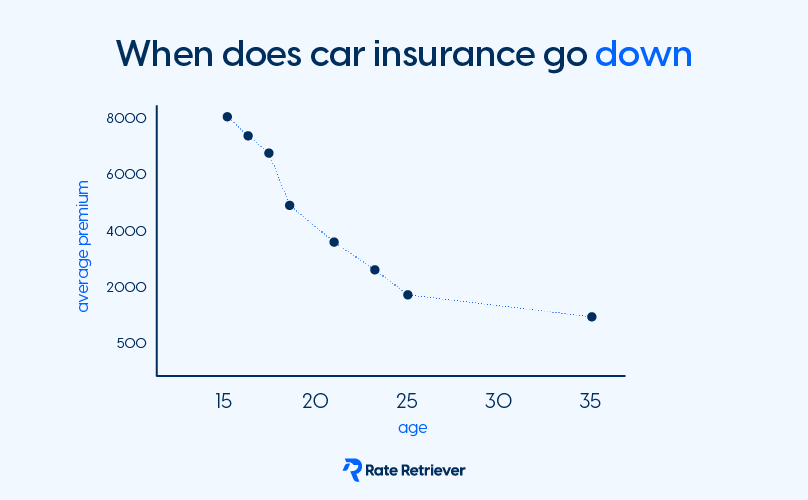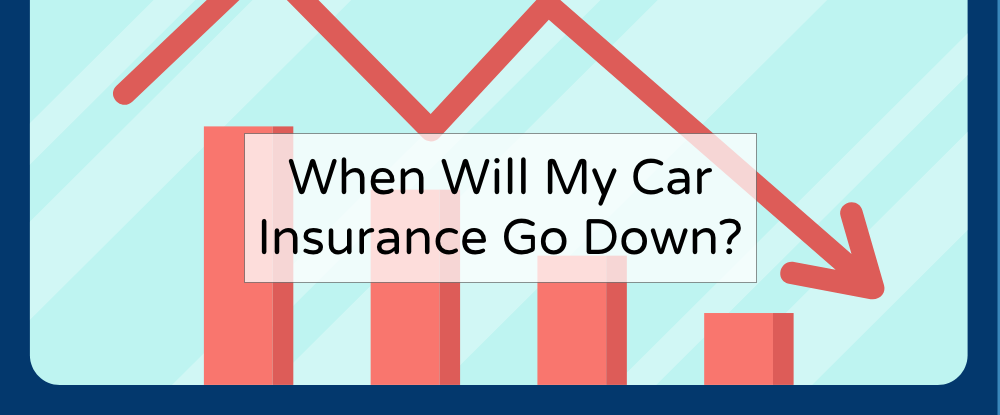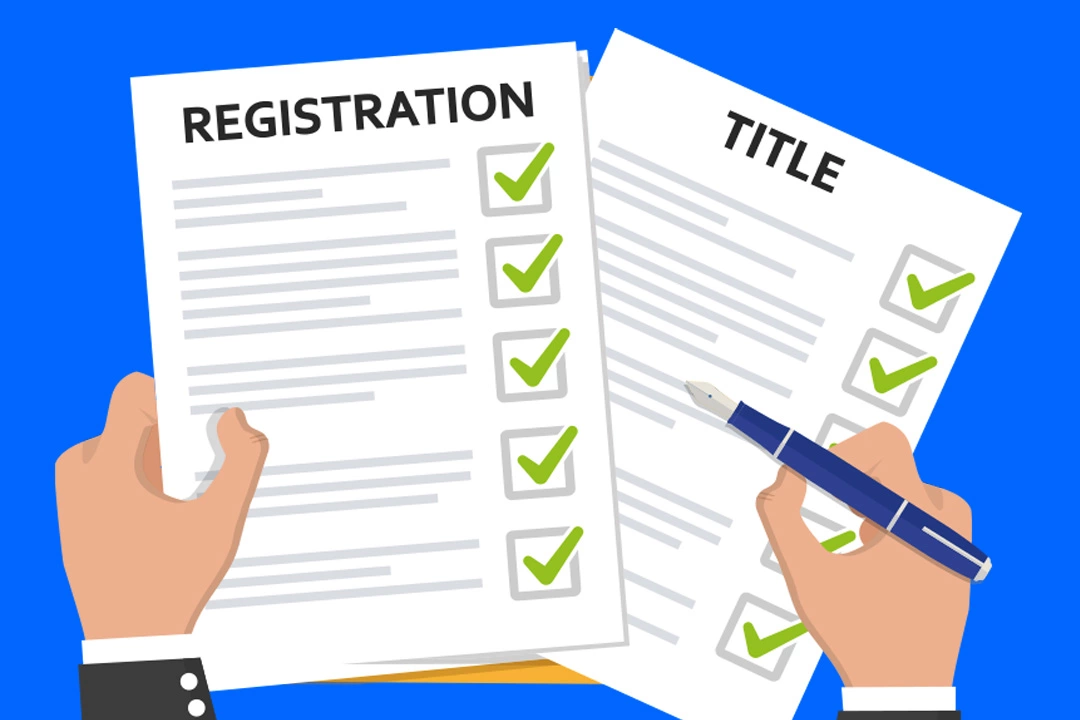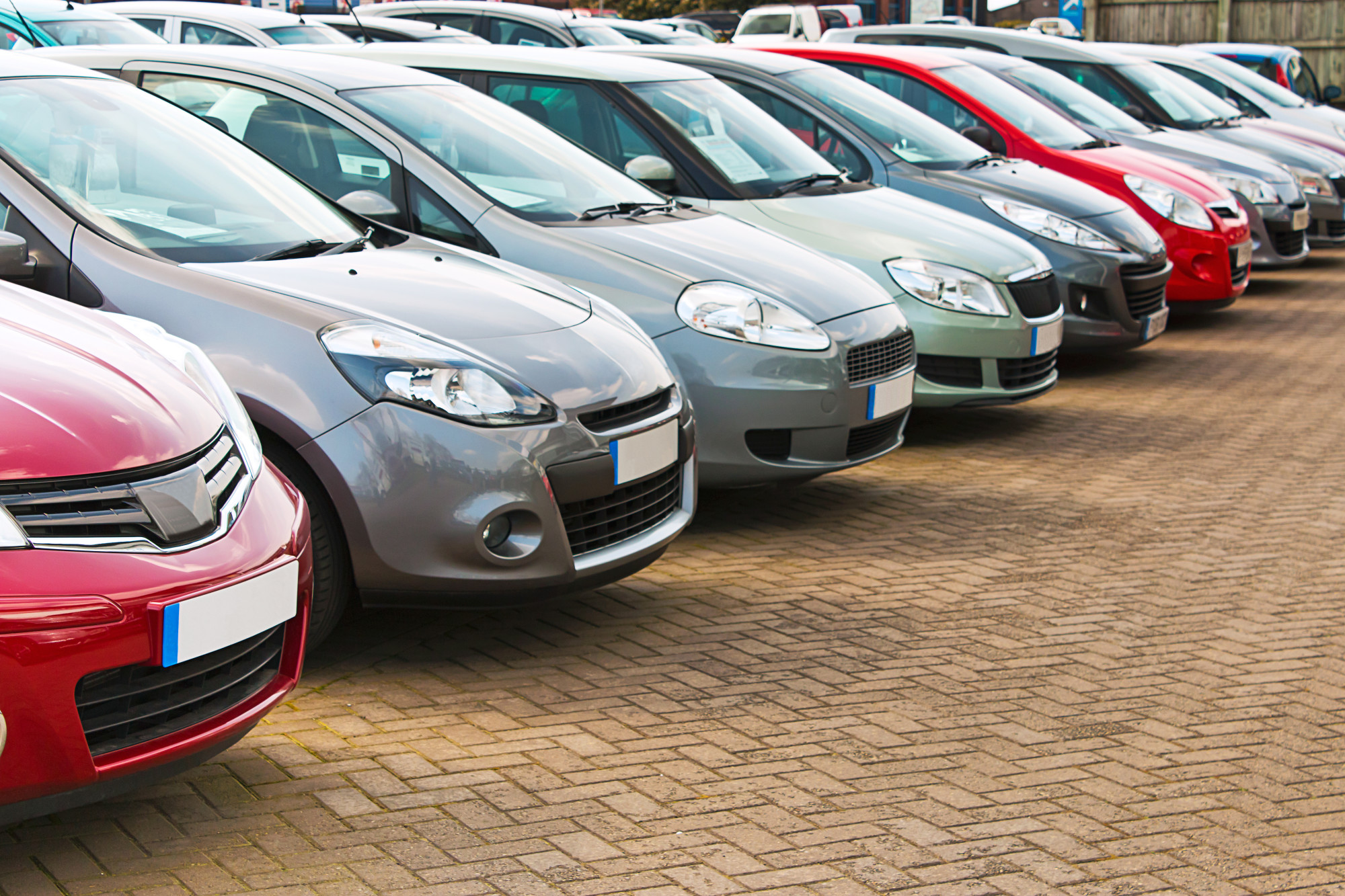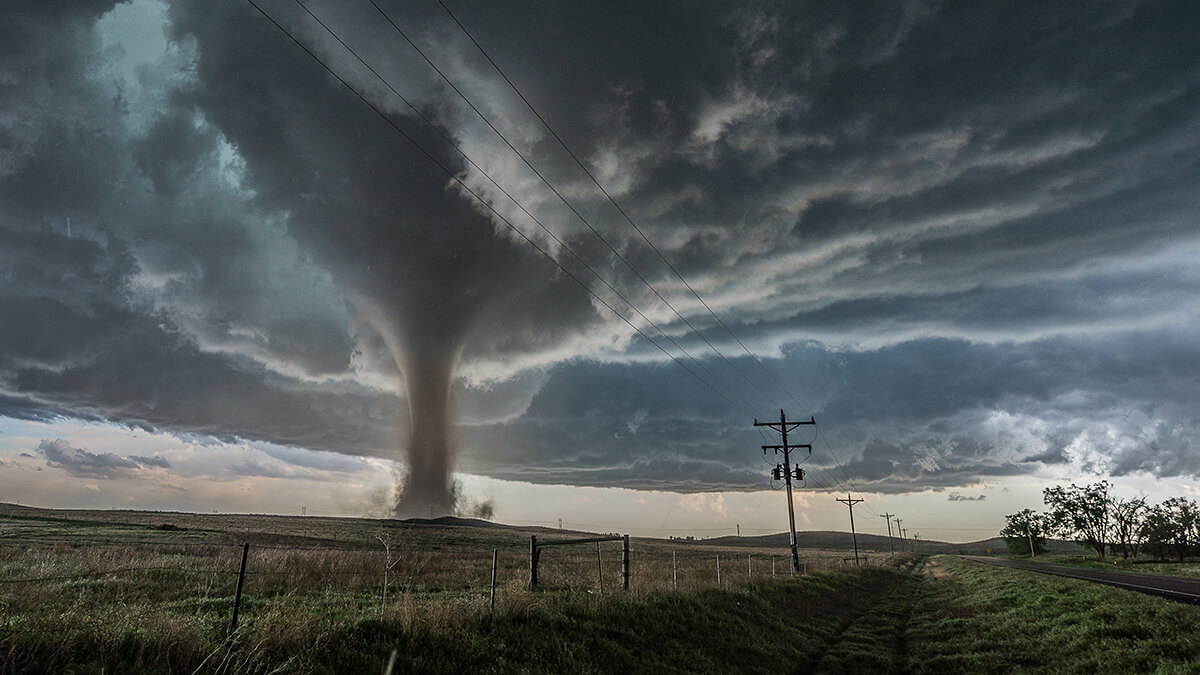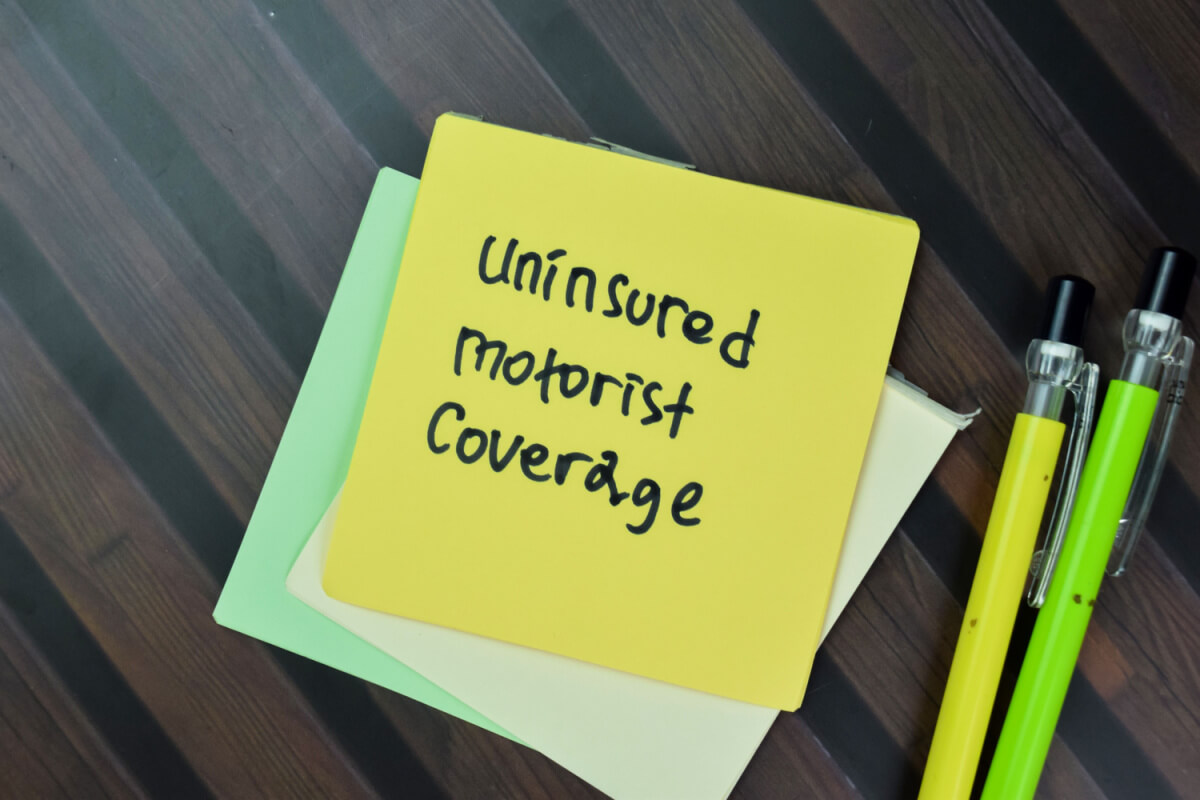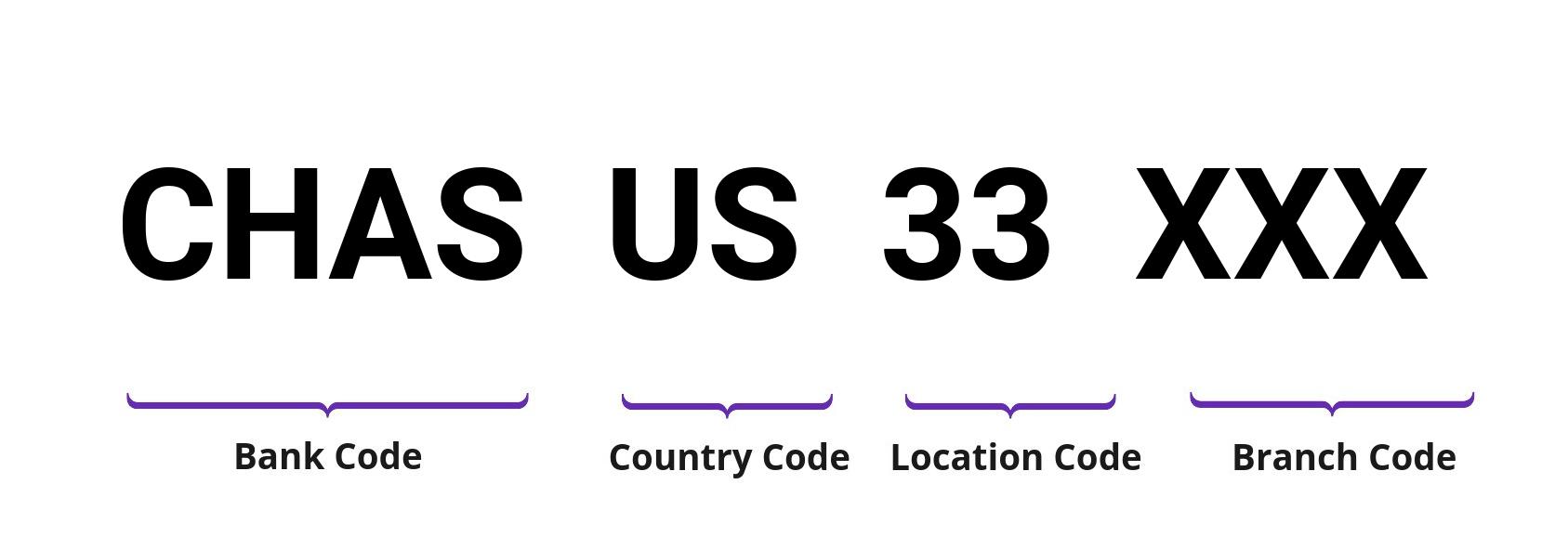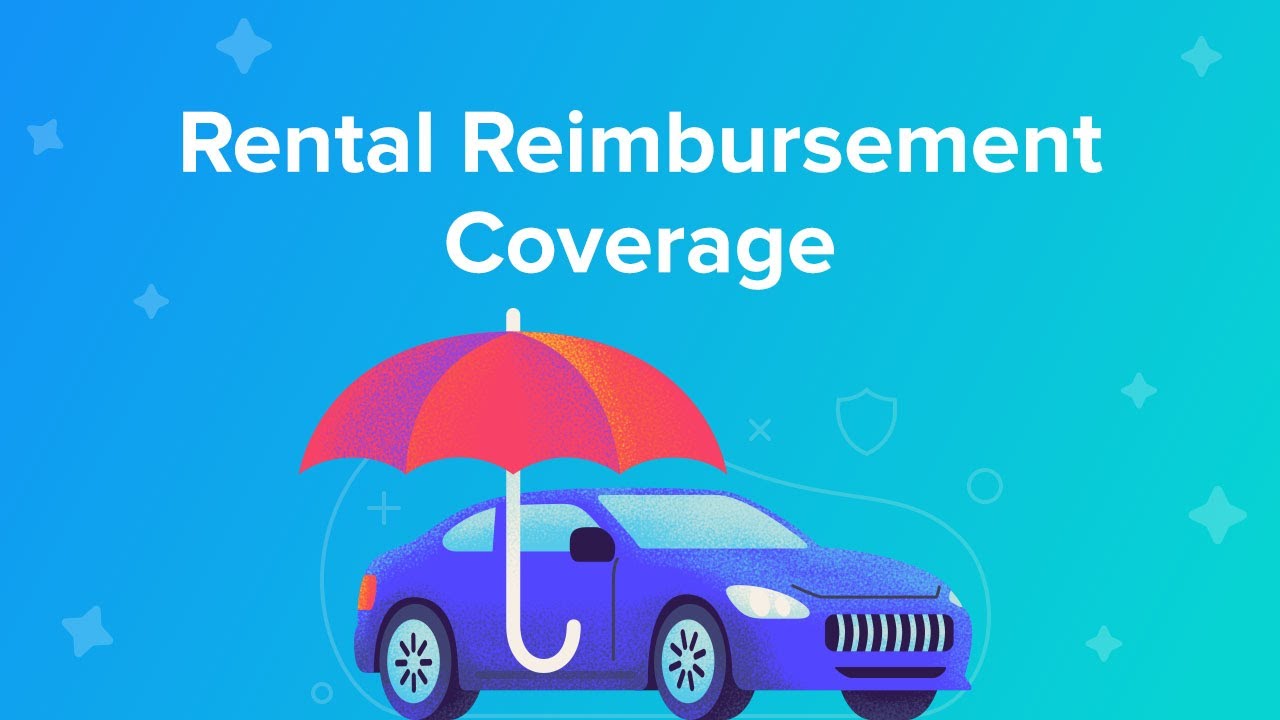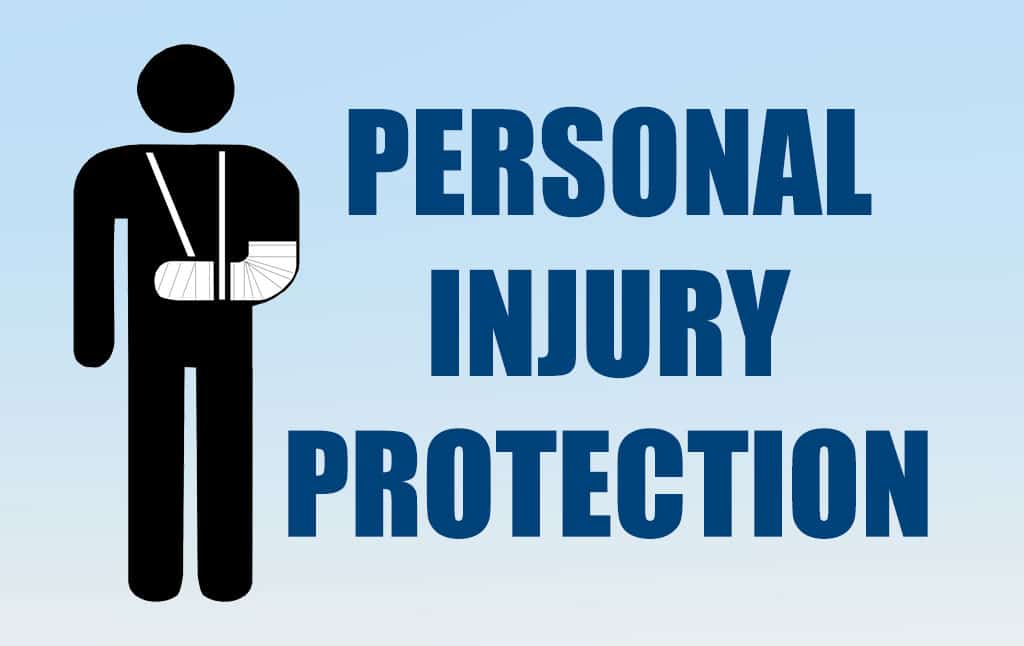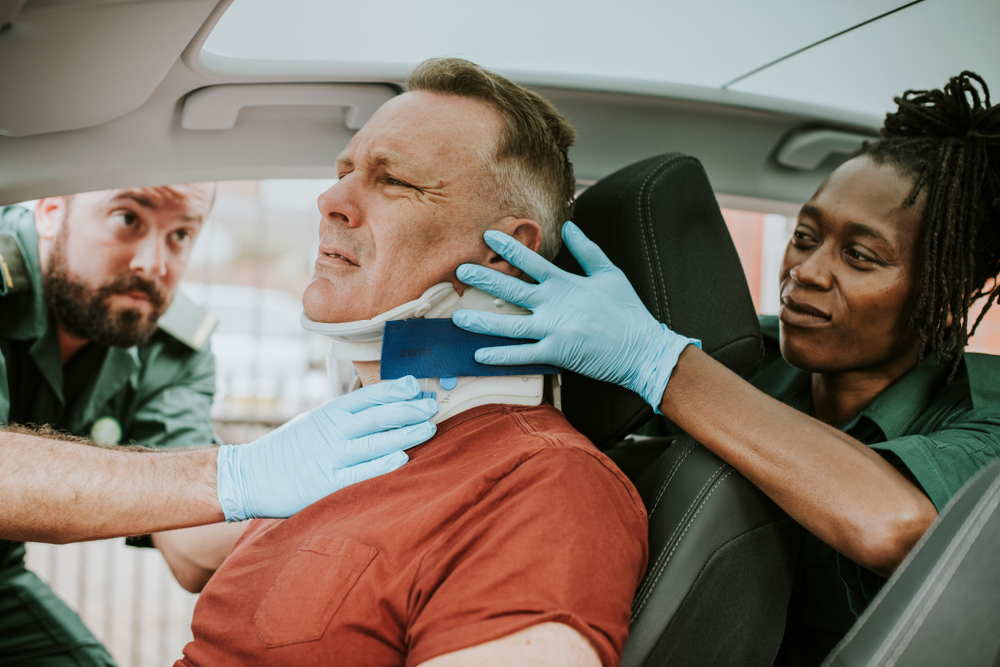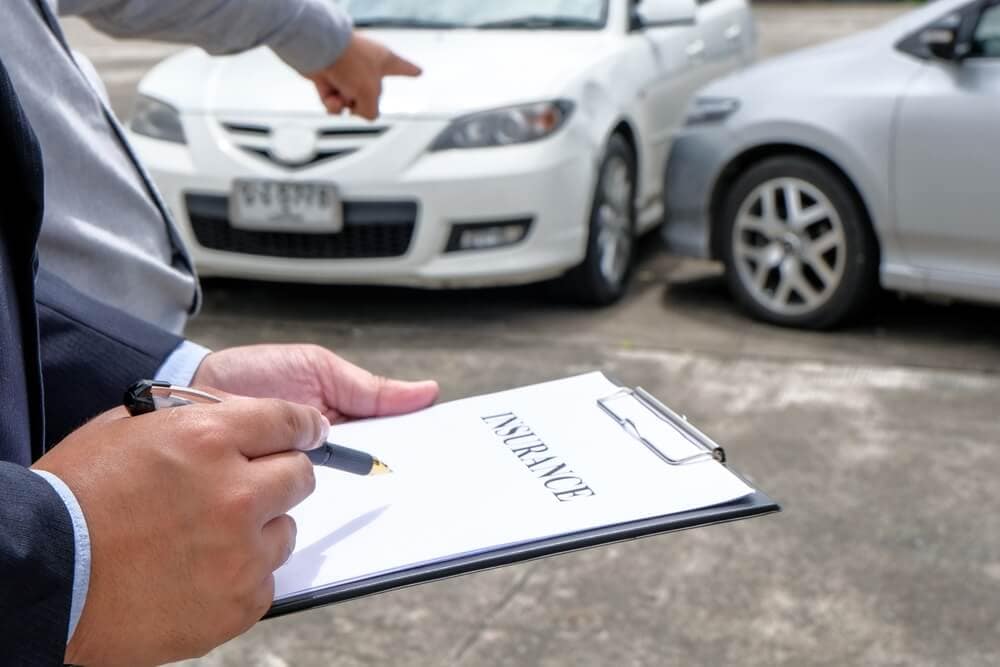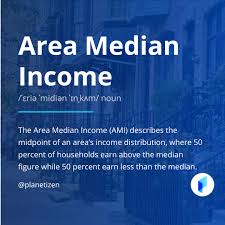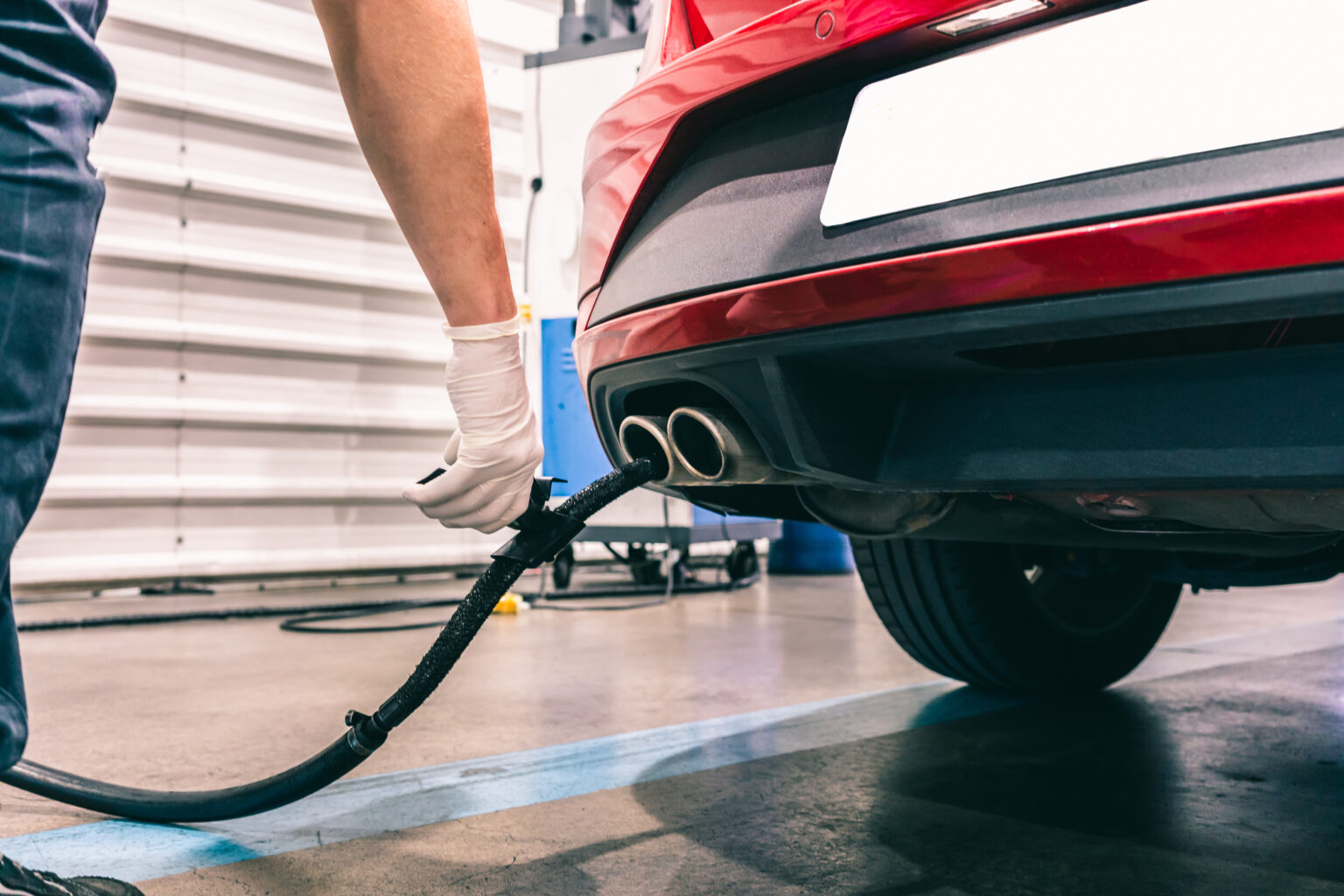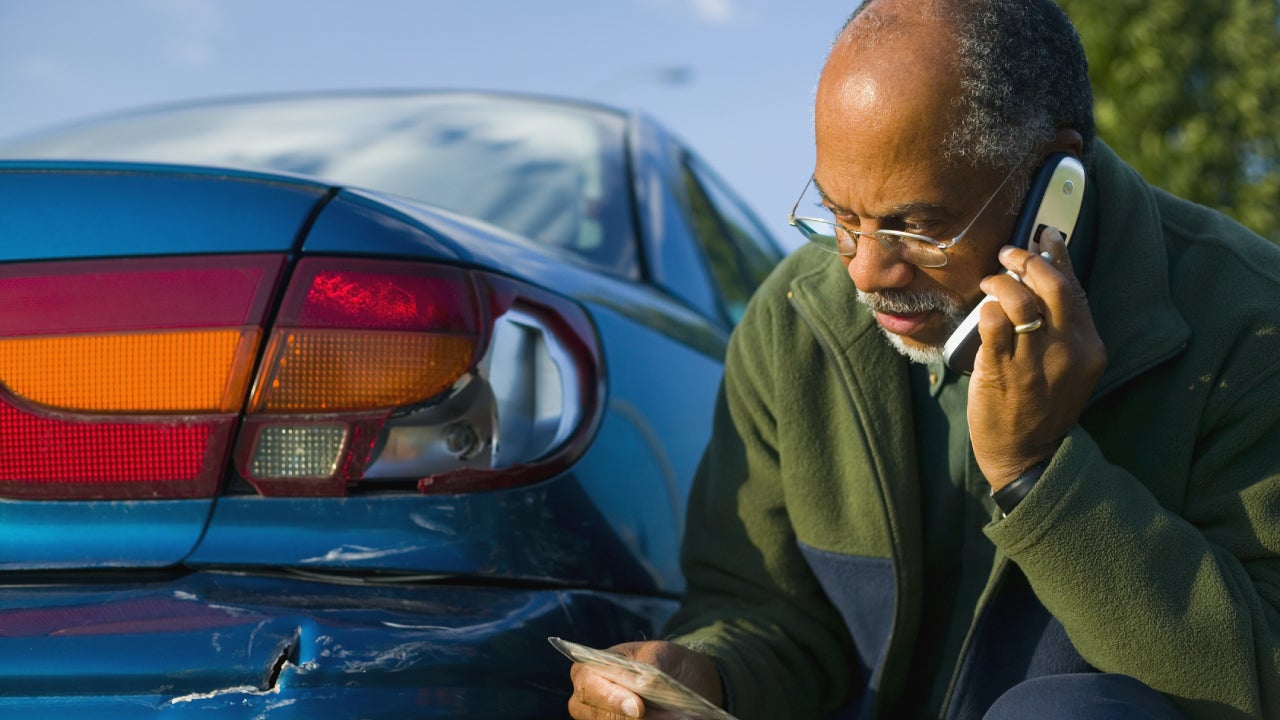Buying a used car can feel overwhelming—there are so many options, hidden details, and potential pitfalls. The good news? With the right checklist and a little research, you can find a reliable vehicle that fits your lifestyle and budget.
In this guide, we’ll break down exactly what to look for when buying a used car—from checking the history report to test-driving like a pro. Let’s get started.
Key Takeaways
- Your personal priorities (budget, features, mileage) should guide your search.
- A VIN check reveals a car’s history, including accidents and recalls.
- Test drives and mechanical inspections are essential before making a purchase.
- Market trends can help you avoid overpaying in a hot used car market.
1. Vehicle History: Start With the VIN
One of the smartest first steps is checking the car’s Vehicle Identification Number (VIN). A VIN unlocks a wealth of information, including ownership history, accidents, flood damage, and recalls.
Here are trusted places to run a VIN check:
🚨 Pro tip: If the vehicle has been in multiple accidents, even if repaired, it may have long-term issues. A clean report doesn’t guarantee perfection, but it’s a huge step in weeding out risky options.
2. Mileage: How Much Is Too Much?
Mileage tells you how much a car has been driven. On average, cars rack up about 12,000–15,000 miles per year.
A car with lower-than-average mileage for its age could be a gem, but don’t ignore how well it was maintained. For example, a well-maintained 100,000-mile Toyota might outlast a neglected 50,000-mile car.
3. Ratings and Rankings: Do Your Homework
Before falling in love with a specific model, check how it ranks. Trusted sources like:
These sites highlight common problems, resale value, and owner satisfaction. Some cars are notorious for transmission failures or electrical issues—better to know upfront than discover it the hard way.
4. Features: Match the Car to Your Lifestyle
Think about your daily needs. Do you need:
- Space? Look at SUVs or crossovers.
- Fuel efficiency? Hybrids and compact cars shine here.
- Safety? Check IIHS crash test ratings.
- Tech perks? Newer used cars may include blind-spot monitoring, Apple CarPlay, or adaptive cruise control.
Also, consider shopping Certified Pre-Owned (CPO) vehicles at dealerships—they often come with warranties and thorough inspections.
5. Mechanical and Cosmetic Check
Even if the car looks shiny on the outside, don’t skip an inspection. Here’s a quick DIY checklist:
- Look for dents, scratches, or mismatched paint.
- Check tires for uneven wear (a sign of alignment issues).
- Peek underneath for rust.
- Inspect the engine bay for leaks or cracked belts.
- Make sure the lights, windows, and locks all function properly.
👉 Better yet, hire a professional mechanic for a pre-purchase inspection. Services like YourMechanic send certified mechanics to check the car on-site, giving you peace of mind.
6. Test Drive Like a Pro
Never buy a car without test-driving it first. During your drive, pay attention to:
- Unusual noises (clunks, squeaks, or grinding).
- Smooth shifting (no jerks or delays in automatic transmissions).
- Braking performance (firm and responsive).
- Electronics (A/C, windows, infotainment, lights).
- Interior smell (musty odors could mean flood damage).
Trust your instincts. If something feels “off,” it probably is.
7. Market Trends: Timing Matters
The used car market fluctuates—sometimes dramatically. Supply shortages, inflation, and new car prices all affect used car pricing.
To make sure you’re not overpaying, track price trends on:
If prices are high, it may pay to wait a month or two—unless you urgently need a car.
How Long Does It Take to Buy a Used Car?
Buying a used car usually takes longer than buying new, mainly because research is key. If you know the make, model, and budget ahead of time, you’ll save hours of searching.
But expect:
- Research time: A few days to a couple of weeks.
- Inspection & test drives: 1–2 days.
- Negotiation & paperwork: Several hours.
The more prepared you are, the smoother the process.
What to Do After Buying a Used Car
Congrats—you found your car! 🎉 Now, don’t forget the paperwork:
- Register it at your local DMV (usually within 30 days).
- Find your DMV: State DMV Offices.
- Update your car insurance. Whether adding to an existing policy or starting fresh, you’ll need the VIN, license plate, and car details. Compare rates at Progressive or Geico.
Final Thoughts
Buying a used car doesn’t have to be stressful. If you do your homework—check the VIN, research ratings, get a mechanic’s opinion, and test drive thoroughly—you’ll be far more likely to land a reliable ride at a fair price.
Take your time, don’t rush, and remember: the right car is out there waiting for you. 🚗💨



